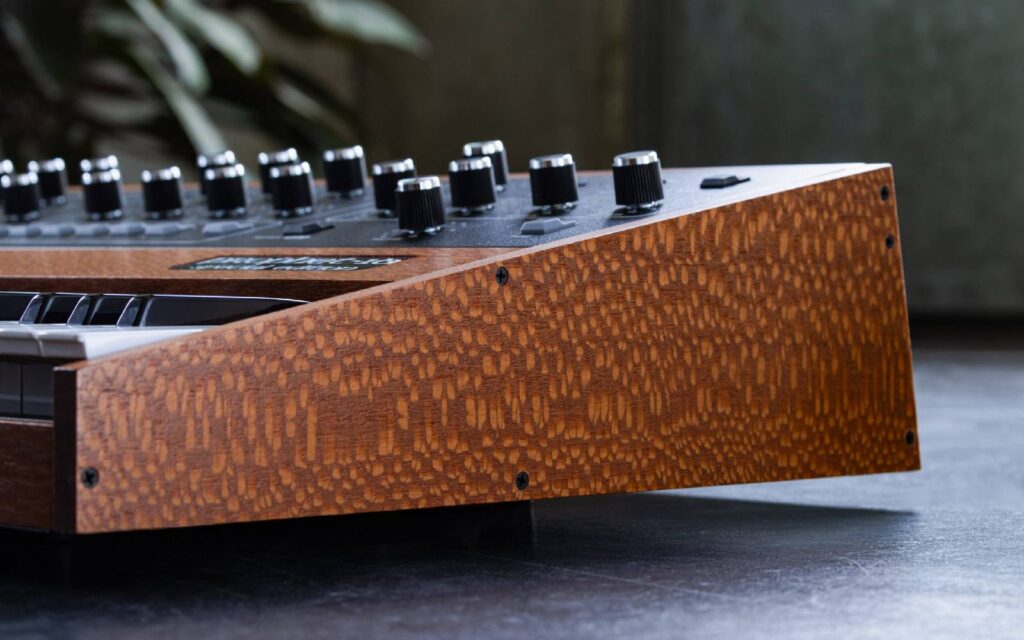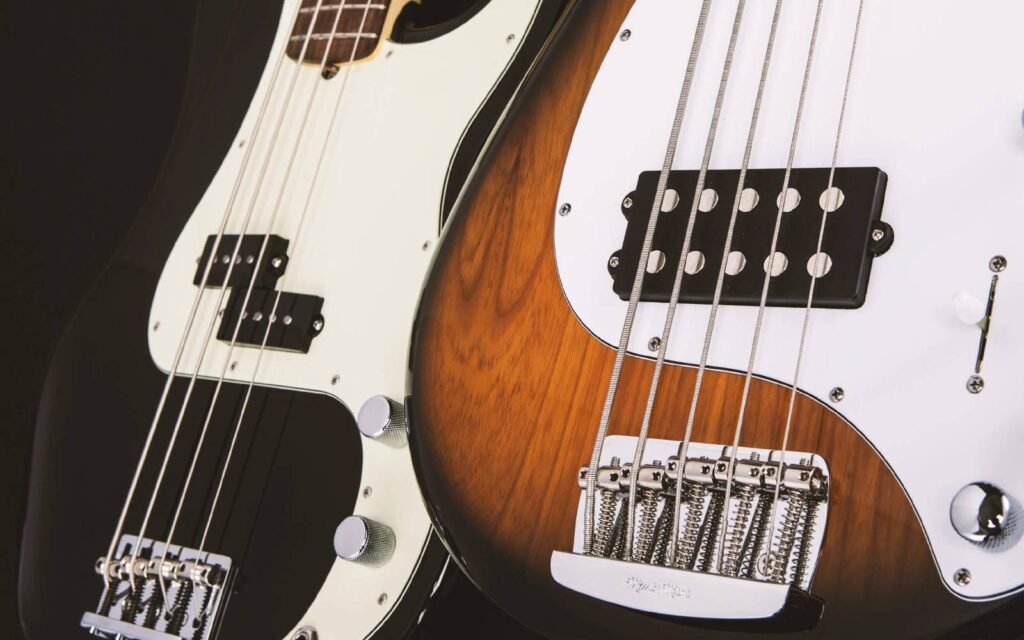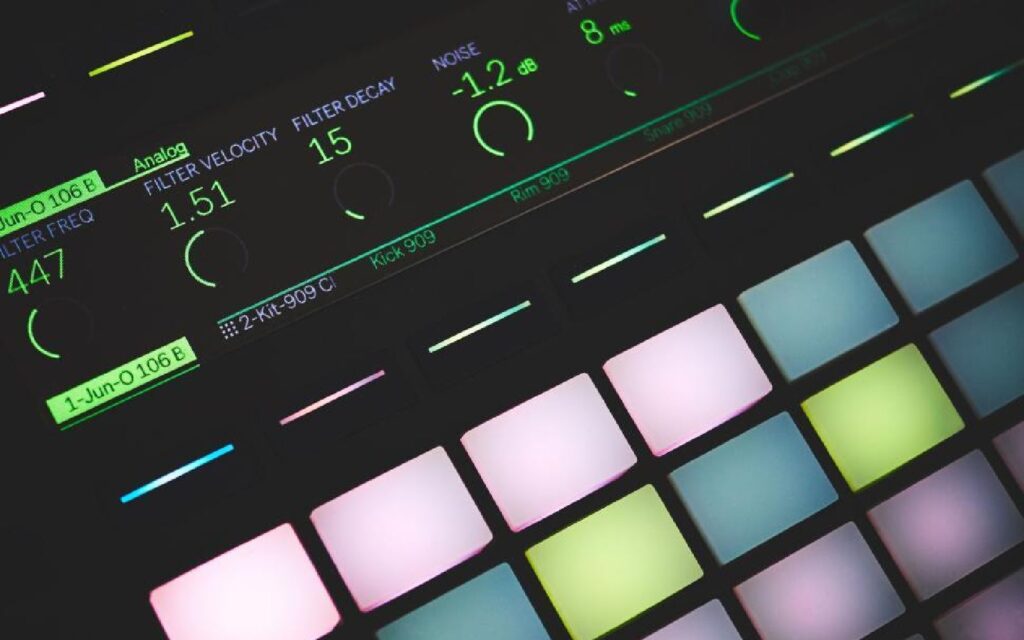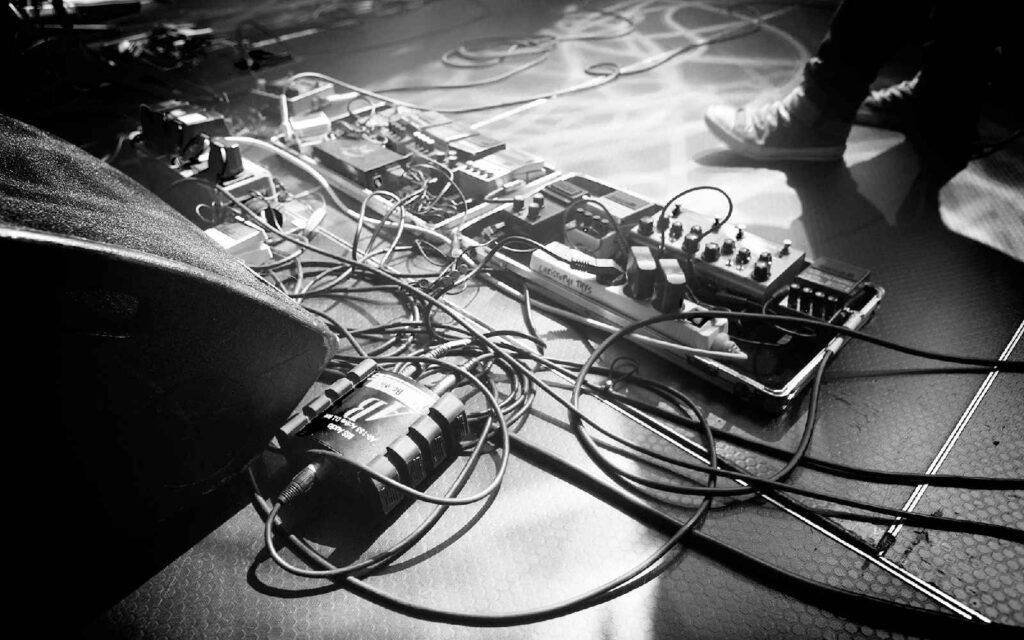The 90’s were a rather fruitful time in pro audio with a wealth of new designs and gear being manufactured by a plethora of fresh faces in the industry.
Manley Labs are a stalwart of the audio industry, their Massive Passive having sat in the racks of the best studios for decades. Manley Labs lept out of the gate with a myriad of gear that engineers, mixers and producers adopted very quickly during the 90s. They have since become synonymous with recording studios all around the world.
A legend of the pro audio scene, EveAnna Manley kicked off the renowned Manley Labs brand in the late 1980’s, first developing vacuum tube amplifiers and preamplifiers. This was shortly followed by designing and developing the Manley Enhanced Pultec and Mid Frequency Equalizers as well as the Manley Reference Cardioid and Reference Gold microphones, all of which made their debut at the 1990 AES show in LA. Where Manley Labs really came into its own however was in the mid 90’s, when the company introduced its custom transformer winding department, responsible for much of the brand’s iconic signature sound.
Introducing us to a collection of Manley Labs products that have since attained legendary status in recording studios the world over, the mid-late 90’s were a hot time for Manley Labs. With the release of the Manley Stereo Variable Mu Limiter-Compressor in 1994, the Manley VOXBOX Reference Channel Strip and Stingray Stereo Integrated Amplifier in 1997, arguably their most iconic piece of gear was the Manley Massive Passive Stereo EQ, released in 1998.
At a time in which top studios and engineers were screaming for a new EQ that had click switch frequencies with more character and a more dramatic, powerful and less clinical sound, the Manley Labs team were listening intently with several bold ideas in mind, but implementing them into one EQ box was going to be challenging.
Read up on all the latest features and columns here.
Striking a balance between modern control and versatility with vintage vibe and gusto, without wanting to sound hyperbolic, the Massive Passive or “Massivo” is quite possibly one of, if not the most versatile passive equaliser on the planet. Steeped in historic design but bringing its Pultec inspired topology into the modern age, it’s no surprise that it has been described as ‘A Pultec on steroids’.
Without wanting to get too nerdy, the Massivo is indeed a true passive equaliser, with this 3U behemoth employing the use of metal-film resistors, film capacitors and hand-wound inductors for its equalisation, imparting an incredibly unique and 3-dimensional quality to sound sources that pass through it. From the two channels of four parametric EQ bands, a total of 44 frequencies are available, too many to individually include in this article, there’s the manual for that. What’s interesting though is each of the four bands uniquely overlap with one another and I don’t just mean low to low-mid or high mid to high, but the low band all the way to the high band interleave, with a total frequency range spanning 22Hz – 27kHz. This I should add makes it technically not a fully parametric EQ, but by design makes the Massive Passive capable of far more unique and versatile sonic sculpting not bound by the limits of an EQ definition, but rather empowering a user to harness their full creative toolset.
A total of 20dB of gain is available to boost or cut per band, which is obviously dependant on whether each of the respective bands is in boost or cut mode, or if in the out position, this becomes irrelevant. Interestingly though, this 20dB range doesn’t necessarily always add up to this amount depending where the bandwidth control is set, either counterclockwise or clockwise and whether shelf or bell shape curves are selected.
The parallel design of the Massive Passive as opposed to serial (which is more commonly found in EQ design), allows for some rather unique interaction between the bands, it doesn’t add up to whopping amounts of gain that would cause clipping, essentially becoming unusable, but rather equates to very musical, rich, organic and natural sound characteristics which have become synonymous with the unit over the decades. As you can probably imagine by now, all of this this makes for some pretty wild EQ shapes, and again I’d refer to the manual for more detailed info on this, I must admit it’s actually an interesting read as far as product manuals go.
Aside from the enormity of the EQ bands themselves, the Massive Passive’s incredibly powerful filter section includes a total of five low and five high pass filter options ranging from 18, 12, 9, 7.5 and 6kHz and 22, 39, 68, 120 and 220Hz respectively. The filter section when utilised with the EQ bands can range from subtle tone shaping right through to telephone like effects and dramatic curves for more creative tracking and mixing moves.
The four EQ cards burst with capacitors, inductors and resistors, with a variable resistor which is indeed one of the potentiometers on the front panel. The chokes (inductors) and output transformers are custom made and wound at Manley Labs, not surprising given the pedigree of the unit, the fastidious and hands-on nature of the Manley Labs team and company as a whole. This is a brand with integrity which values and understands the difference high quality components can bring to a product.
Now for a quick note on the two versions of the Massive Passive. The Mastering version of Massivo has a few very specific differences from the regular version, notably the available gain which peaks at 11dB (as opposed to 20dB) and also the filters, which in the mastering version vary in frequency and behaviour, designed for solving problems and not making creative decisions with. But probably the most noticeable difference is the dented knobs for GAIN and BANDWIDTH controls, all of which is of course by design, has been carefully considered and tailored to the needs of mastering engineers.

More recently, the Massive Passive has marked several differences under the hood including the upgrade to Manley Power, the new switch mode power supply custom designed and manufactured for Manley Labs. This incredibly efficient and powerful new supply not only provides whopping amounts of power, but ample headroom and crystal clear fidelity. This power supply change can be spotted on the front panel by the red push button, which has replaced the previous black rotary power knob.
The newer units also sport an updated tube compliment, with four 6922’s as the cathode follower drivers, the interstate drivers as well as the output stages. As for the gain, this is handled by a pair of 5751 tubes (or in the mastering version, a pair of 12AU7’s).
Since its introduction in 1998, the Manley Massive Passive Stereo EQ has become legend amongst top recording studios, mastering suites and audiophile aficionados. Through painstaking design and absolutely flawless execution, it’s absolutely no wonder this is considered one of the most iconic modern day equalisers. If ever there was a near perfect passive EQ, the Massivo most certainly would be it.
Read more about the Manley Massive Passive here.







